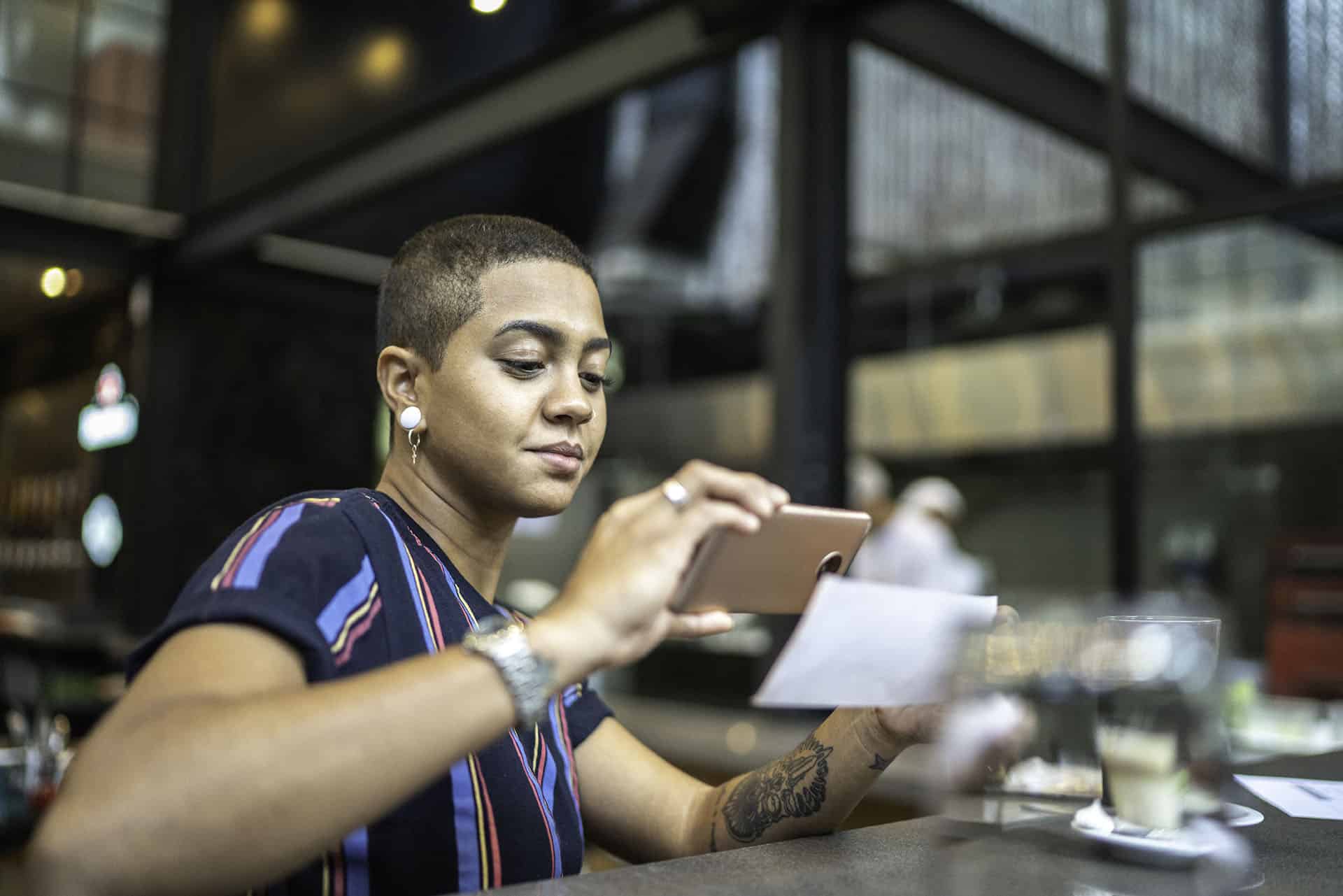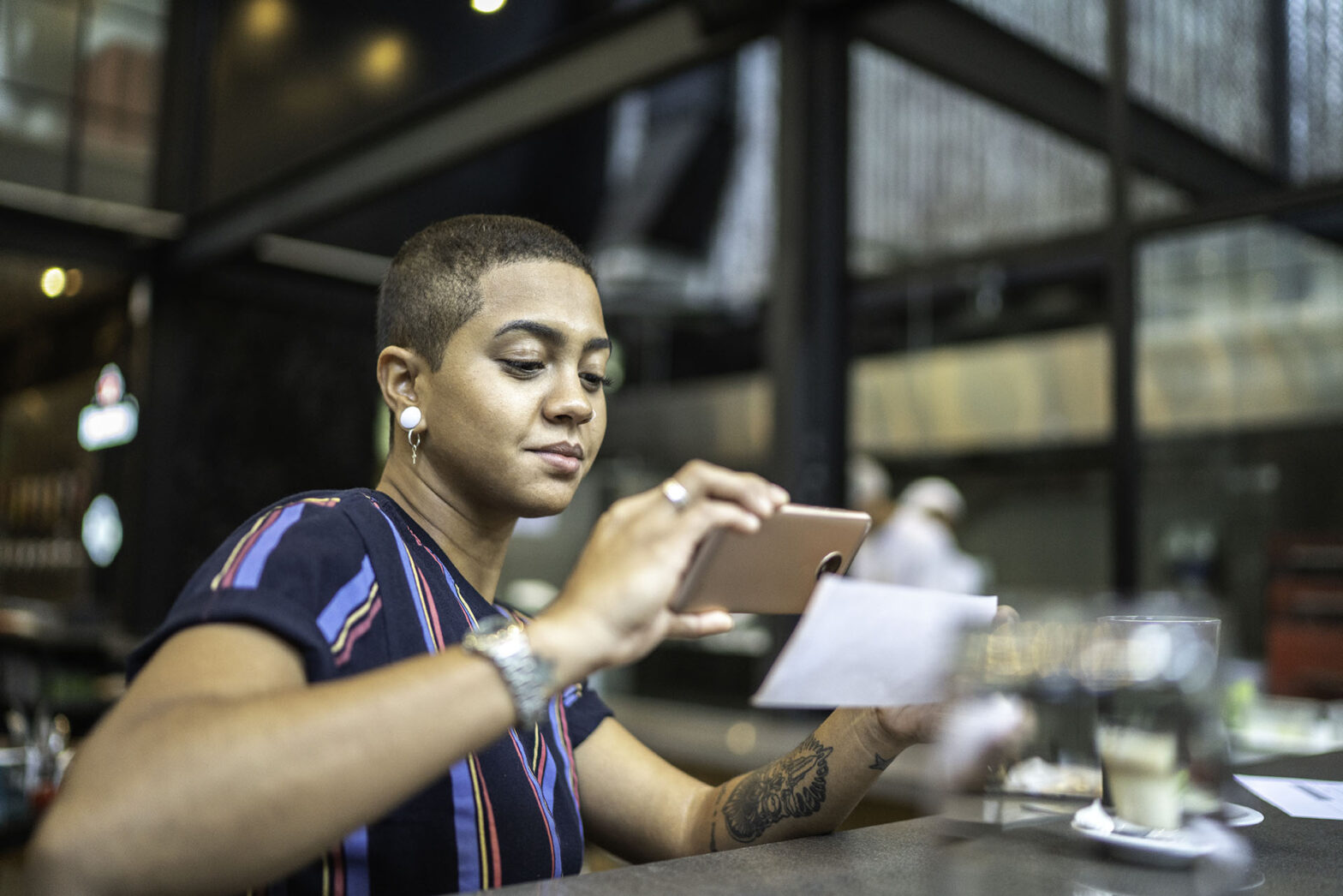Delectable food stimulating taste buds. Conversations buzzing as people engage with each other. Background music creating a festive vibe. Mouthwatering aromas drifting from the kitchen. Outdoor dining options invigorating the senses. Normal is becoming more normal and going out to eat is more enjoyable than before.
Enhanced safety measures like plastic wrap on the steering wheel and interior disinfectant spray are becoming common, elevating the auto repair experience and giving consumers peace of mind. If only there was a safety measure to fend off the temptation of a new car purchase while waiting!

So, what about banking? Mobile banking allowed us to easily maintain our accounts throughout the pandemic without having to stop by a branch and, for a while, businesses preferred to not even accept cash so trips to the ATM were unnecessary. But transactions have been leaning heavily on technology for decades. What about financial concerns prompted by significant life events?
Similar to nurturing your mental and physical well-being, your financial well-being needs deliberate attention. Prior to the pandemic, life was humming along at a rapid pace. We seldom had time to think about financial planning, much less act on it. Circumstances were similar in 2008 before the start of the global recession, when the world suddenly slowed down, people were unexpectedly losing jobs and bills kept pouring in. Financial stress is on the rise again and people are seeking advice and tools to be better prepared and to know how to respond.
Unlike 2008, the influx of finance apps is helping people cope with this stress, according to Trend Hunter’s Money Talk report. The wide variety of apps have become personal financial management resources with color coded buckets, using psychology-based ideals or platforms that help employers help their employees.
Additionally, financial institutions are increasingly catering to diverse and underserved communities. Technology is used to assist rural communities with the help of small ATM’s and cloud-based platforms. Several financial institutions have banking service specifically for the LGBTQ+ community, where comfort and acceptance are first and foremost. Other banks lean towards a specific ethnic group, movement or cause.

Traditional bricks and mortar branches are still preferred by many banking consumers. Physical changes are similar to those of other retailers, with appointment-based meetings, occupancy sensors, “stand here” stickers and plexiglass protectors between the customer and banker. Inside are your local bankers, who are on standby to guide you through difficult, uncertain, or new financial circumstances in your life.
Whether conducting banking through an app, aligning with a bank that “gets you” or (re)turning to your local financial advisor, the banking industry continues to anticipate and adapt to consumer needs so that treats like going out to eat, chores like repairing cars and daily needs like grocery shopping don’t take a toll on our financial well-being. We’re always experiencing life stages, big and small, with or without a pandemic, and having a variety of financial expertise options to tap in to will keep us on the path to a secure financial future.
References:

